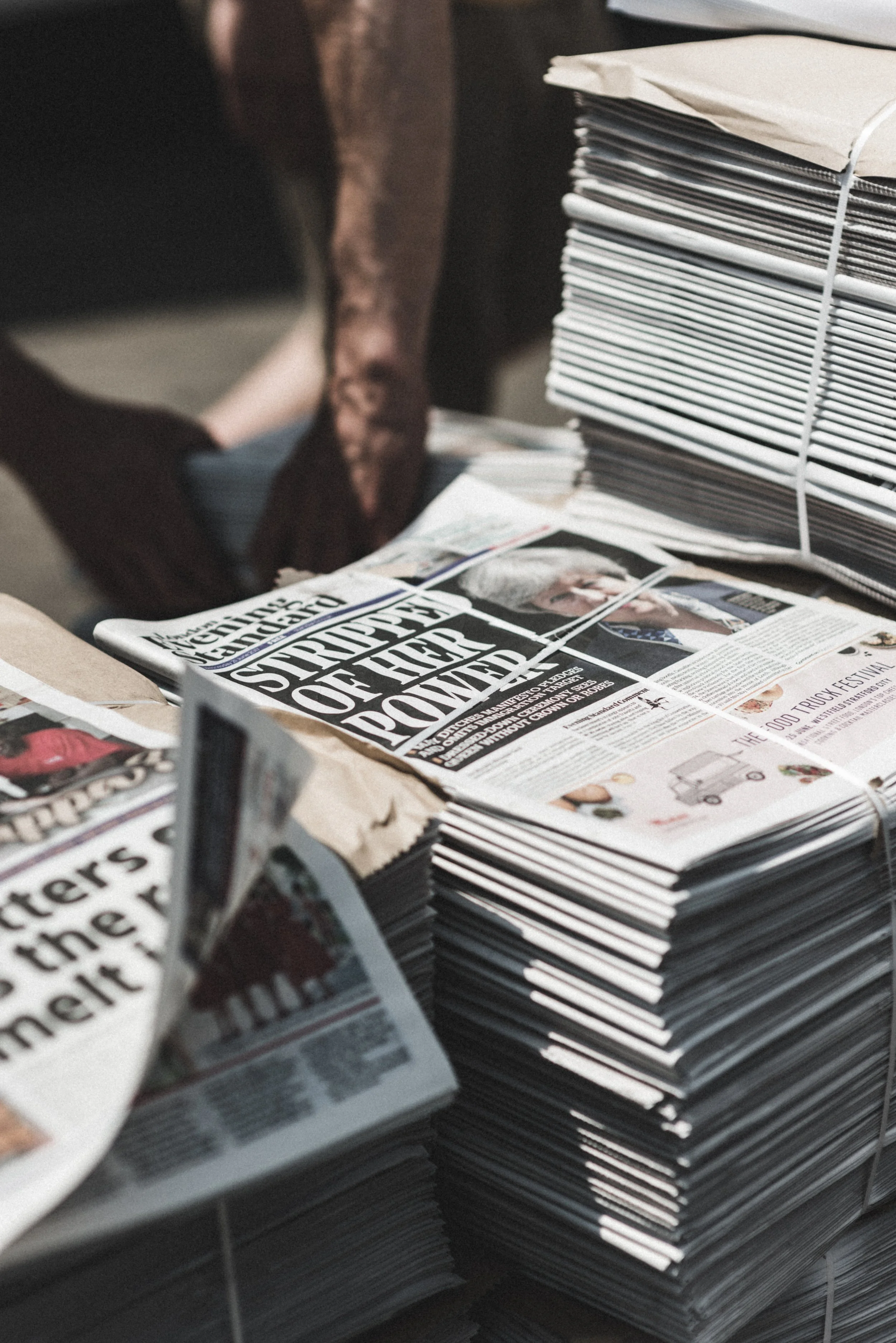International Journalism
International Journalism or Neoliberal Voyeurism
Within the field of journalism there are several tropes at play that interact with the larger concepts of visibility, power, and journalism. Looking at the impact of photojournalism particularly coverage of the Syrian Refugee crisis, one may draw attention to both the social and political impact of photography, journalism, and the ethics behind releasing controversial, violent, and traumatic images. This dichotomy is articulated through the use of the viral photo of 3-year-old Alan Kurdi, a Kurdish-Syrian refugee who drowned in the Mediterranean Sea.
While watching the film, one begins to critically analyze the intricacies of backstage photojournalism. The gatekeepers that hold the power to decide which photos get published, where they get shown, and the text that accompanies the photo (or vice versa) all have similar social capital that allows them to be labeled “the critic”. Most times the white, working class, self-proclaimed progressives sit behind the judging tables, deeming which photos are the most *shocking*. In addition to this, the photographers perch at migration sites and fight over who gets to take the “best photo.” The devastating and gruesome photograph of Alan became a prolific case study to the length in which many journalists of the global north are willing to go to create social change masked as a form of poverty porn that insights neoliberal social capital.
Some may argue that the photo of baby Alan brought temporary justice. The film shows the impact that the photo had over donations to Syrian refugees within hours of its publication, and of course the acceptance of tens of thousands of refugees across Europe and Canada, the temporality of impact came to light when Alan’s father, Abdullah, was accused of being a smuggler himself or when Abdullah was invited to a UN meeting and was forced to look at the photo of his late son projected in front of him.
Drawing similarities between the countless cell phone and dashcam footage documenting police brutality in the United States can be helpful in analysing the sadistic empathy of white progressive audiences. These videos are profiled 24/7 on national news around the United States for weeks and months after the incidents occur. The spectacles of acts of brutality against Black people have not only become trivialized, but also are extremely traumatic not only to the friends and family of specific victims but to the Black community as a whole. There becomes a fine tension between exposing the severe state violence against Black and Brown people and creating a society that becomes so numb to these images that they do nothing at all. The glaringly explicit evidence has contributed minimally to judicial justice. It seems as though in order to get the media to feature on issues pertaining to people of color we have to force their empathy. People of color are not seen as human until the media fulfils white viewers’ voyeuristic needs. This is no longer a concept of measuring white liberal impact, but rather takes a deeper look into the image of the subaltern, their agency, and the consumption their of trauma.
